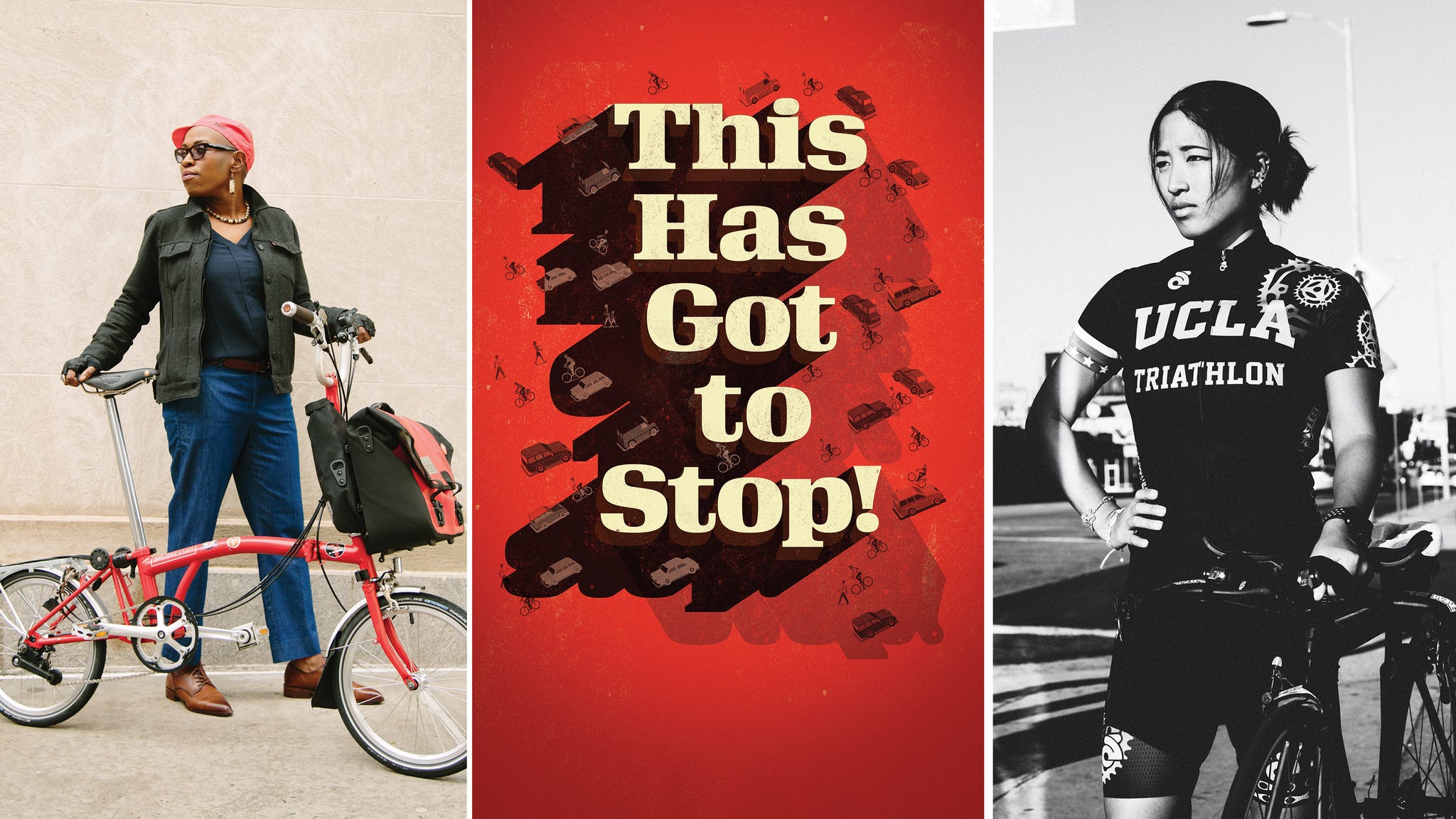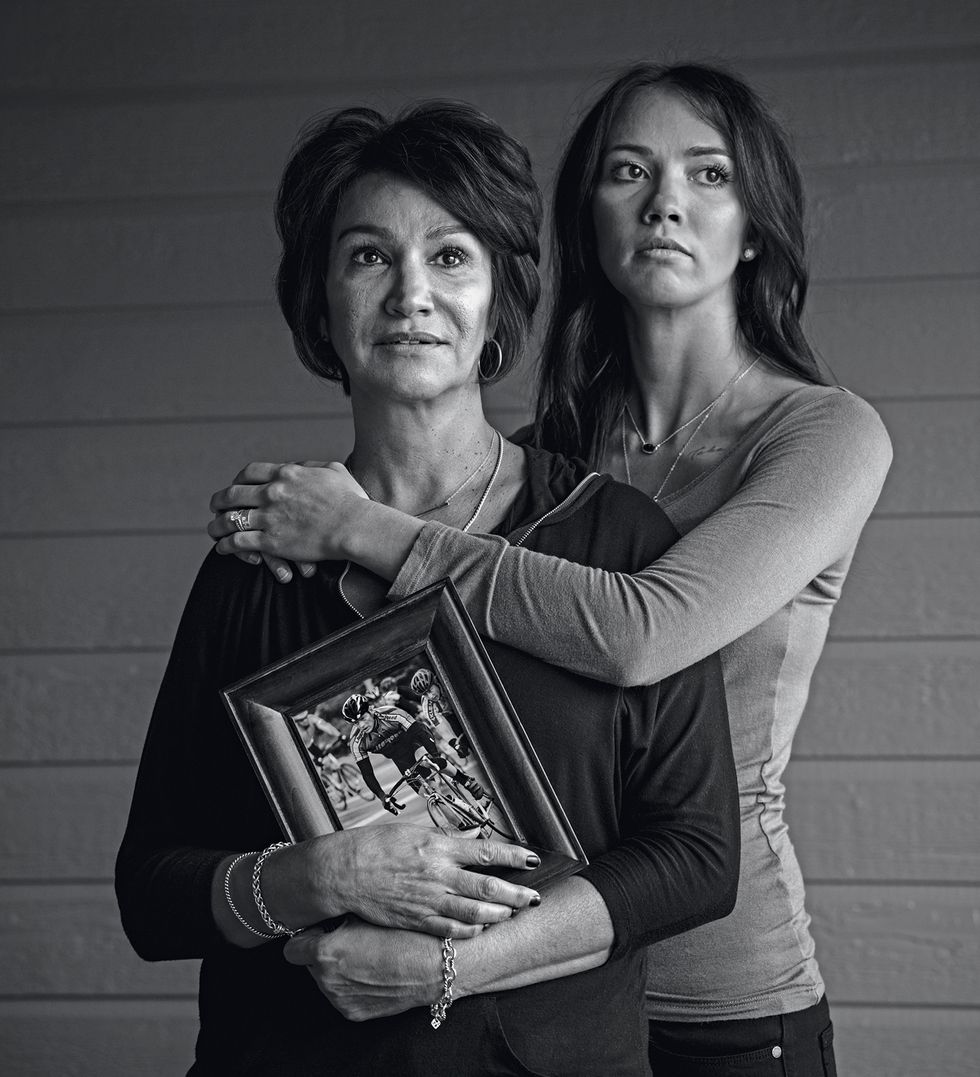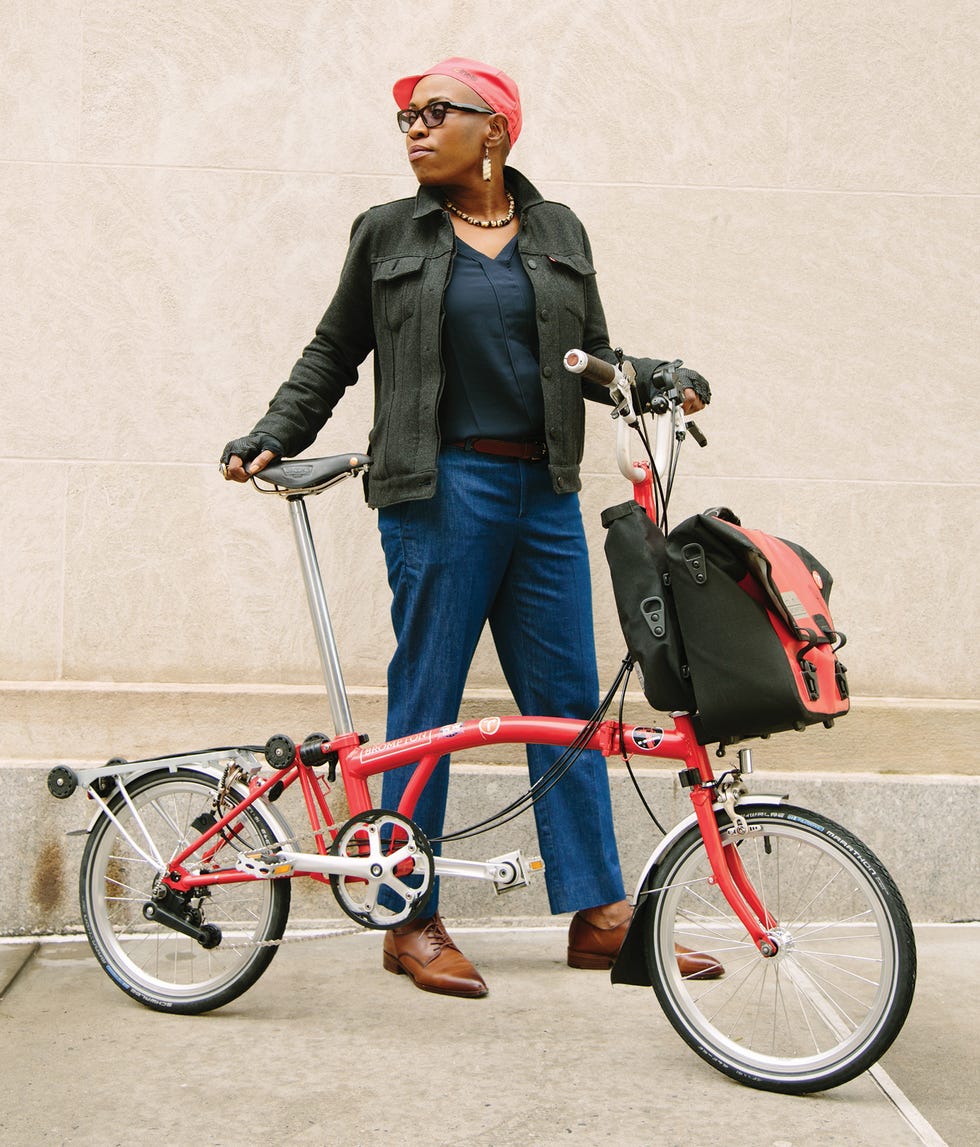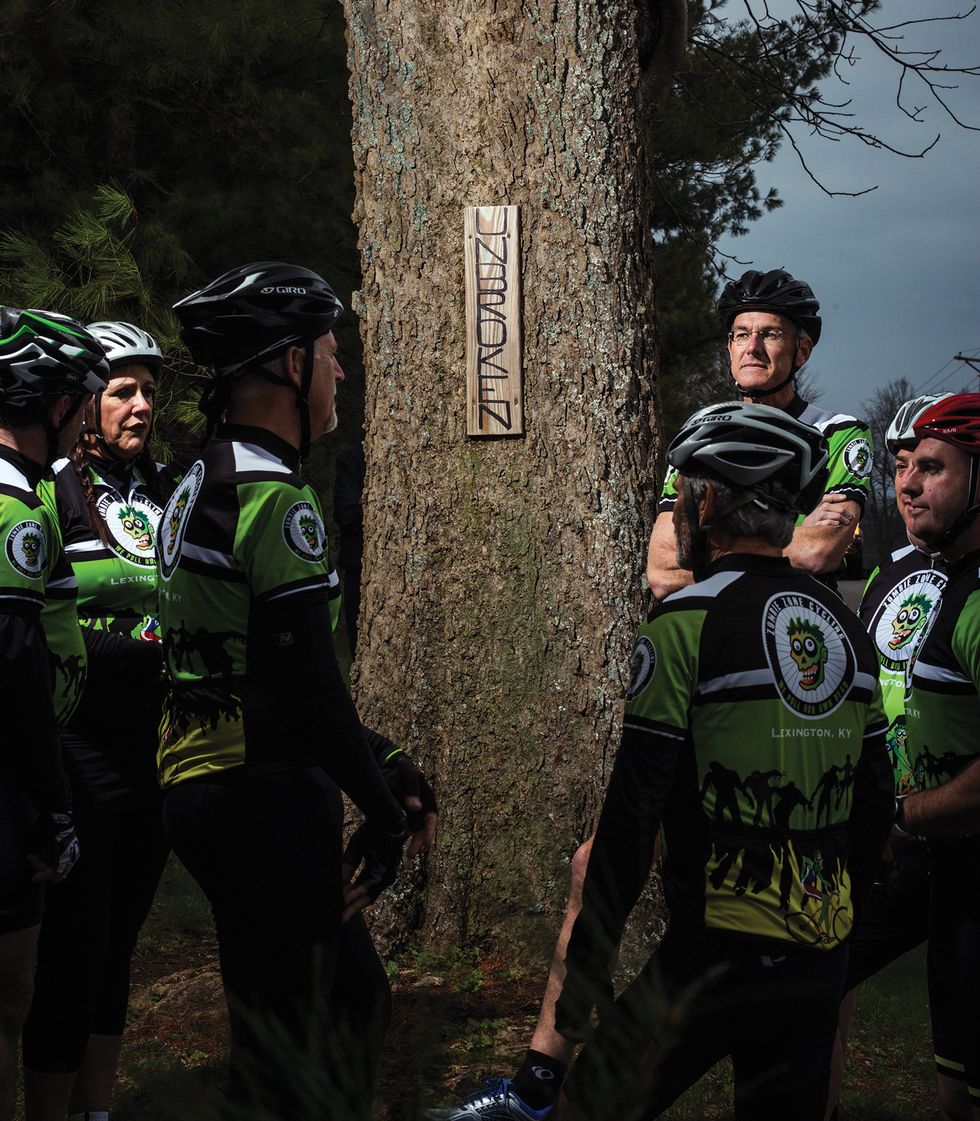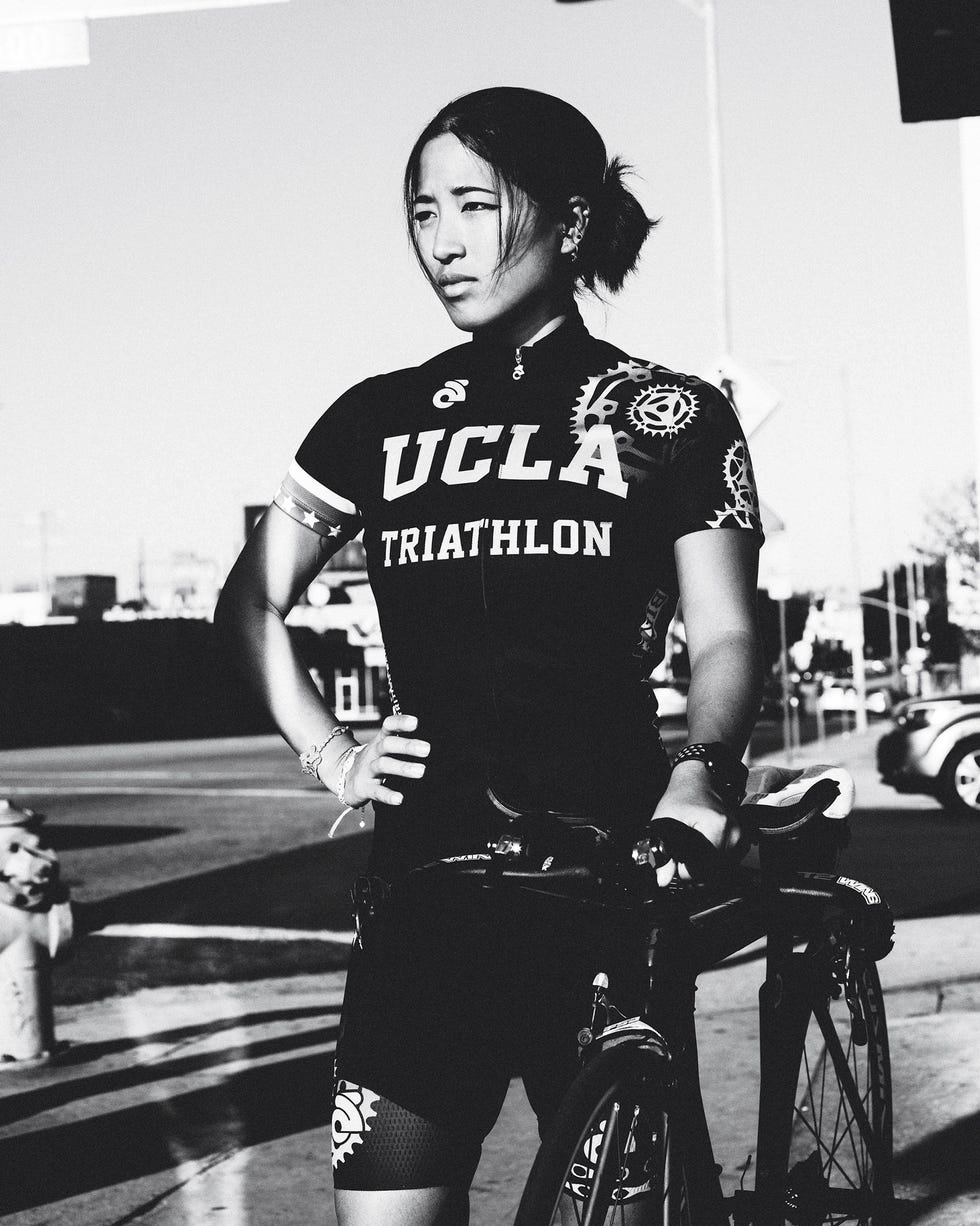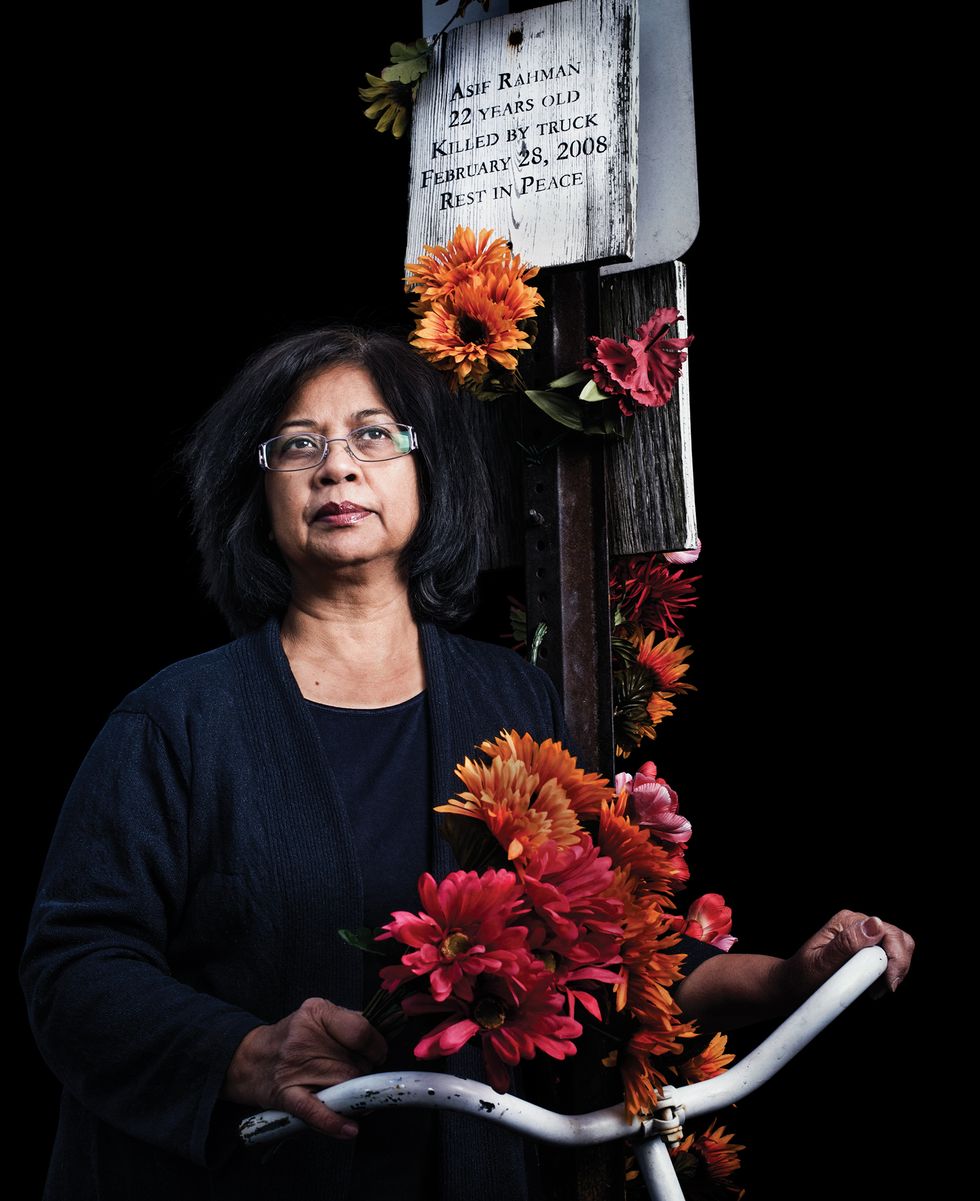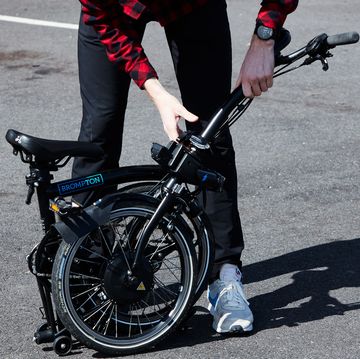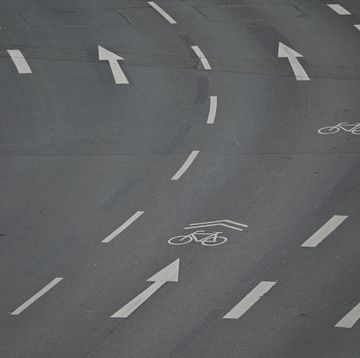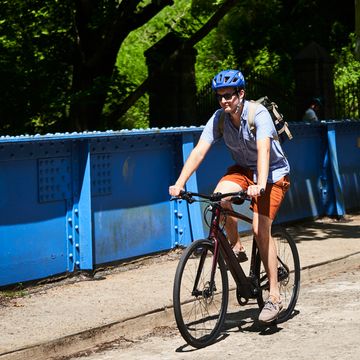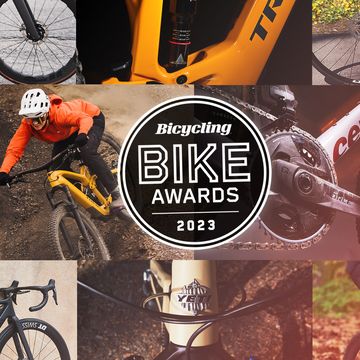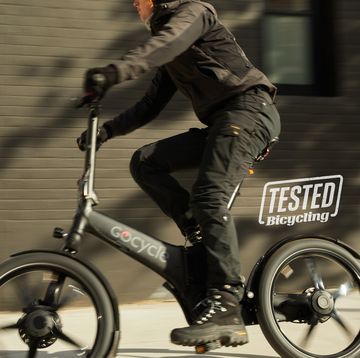More than two cyclists are killed each day in the United States by drivers. And that number seems to be rising: Cyclist fatalities caused by motorists have increased nearly every year since 2010. In New York City, 18 people have been killed on their bikes through July 2019 at the hands of drivers—nearly twice as many as 2018 alone. Even more troubling: The law is often soft on motorists while media and public sentiment are hard on cyclists.
These five stories illustrate the ripple effects of this frightening trend—and how reckless drivers and a dominant car culture threaten our freedom to ride.
The Driver Who Killed Jeff Dusenbury Got Away with Homicide
Jeff Dusenbury, 51, had just set out on his bike to meet friends for an all-day ride in his hometown of Anchorage, Alaska, on the morning of July 19, 2014, when he was killed by a driver in a hit-and-run. The motorist, 17-year-old Alexandra Ellis, had been driving backward down the road—and took off after allegedly making eye contact with a witness who waved at her to stop.
Officers found her at home less than a half-mile away with a blood-alcohol level over the legal limit and THC in her system. She’d just relapsed from substance abuse treatment and had thrown a party at her parents’ house the night before. She was charged as an adult with manslaughter, leaving an accident without assisting the injured, and a DUI.
But in August 2015, Ellis was sentenced to only one year in jail after she pleaded guilty to DUI and a reduced charge of criminally negligent homicide—and she was allowed to finish her spring semester of college before reporting to prison in May 2016.
As part of the plea deal, the judge dropped the hit-and-run charge, a decision that angered Dusenbury’s daughter, Madisen Dusenbury Shannon, 25. “It was inhumane to leave him there to die,” she says. She was livid when the defense argued that the alcohol in Ellis’s system wasn’t to blame—but that her flip-flop had gotten stuck under the accelerator.
The worst part for Madisen was the suggestion that her dad was somehow at fault. The most egregious example came when the defense brought in an “expert” to suggest that Dusenbury had been pedaling at 30 to 35 miles per hour when he was hit. “The courtroom full of cyclists erupted in laughter,” Madisen says. “It’s not possible. He was on a flat road through a neighborhood, on the first mile of a leisurely 90-mile ride.”
Madisen wants people to know her dad was more than just an avid cyclist or some anonymous victim. He was the guy who fixed all the kids’ bikes in the neighborhood. He was patient, kind, humble. “There was a bike race he was doing and the temperatures were in the negative,” Madisen says. “After the first lap everyone stopped because it was so cold, but my dad continued on to the second lap. Everyone else was like ‘You're crazy, man.’ He joked to his buddies, ‘Hey, why suffer a little when you can suffer a lot?’”
About 1,300 mourners came to Dusenbury’s funeral—dozens of whom made the statistically unlikely claim that he had been their best friend. “I didn’t even know half of the people there who said it,” Madisen says. “He just always make everyone feel like they were the most important person in the room.”
Dusenbury’s friends held a “Justice for Jeff” rally in protest of Ellis’s sentence, as well as a memorial ride. And they put up a ghost bike in Dusenbury’s honor in a park at the location where he was killed. More than 200 community members showed up—many of them on bikes. “He doesn’t have a headstone,” Madisen says. “I like the idea of people going to something that represents what he loved to do.”
It’s been nearly three years since she lost her dad. She has managed to forgive Ellis, who was released in July 2016 after serving just 74 days (the judge credited time spent in a rehab facility toward her sentence). But Madisen still believes that Ellis would have faced a significantly longer sentence if her dad hadn’t been on a bike.
“Forgiving her is something God would want me to do,” she says. “I am more disappointed in how the State of Alaska handled this case.”
Related video:
Dulcie Canton Was Left for Dead—and the Police Did Nothing
The first thing Dulcie Canton heard when she came to was, “Is she alive?”
It was almost midnight on August 7, 2014, and a crowd had gathered around her. Her friend Jay, who had been skateboarding alongside as she pedaled her bike down Bleecker Street in Brooklyn, New York, was calling an ambulance. Surveillance cameras had captured the whole thing—from the moment the Chevrolet Camaro struck Canton from behind, to the driver speeding off without slowing to check that the 37-year-old cyclist was, in fact, alive.
Canton was hospitalized with a broken shoulder, fractured ankle, and a massive brain bleed. At 2 a.m., an employee at the bike shop where she worked put her in touch with local cyclist- and pedestrian-rights lawyer Steve Vaccaro, who filed an additional police report. Vaccaro then went to the scene of the crime to secure the video surveillance footage from building superintendents. One bystander had found the broken-off side mirror of the Camaro—which was parked only a few blocks away.
It’s tough to imagine a more open-and-shut case than Canton’s. They had video. They had witnesses. They had physical evidence in the form of the side mirror and Canton’s mangled bike. They had plate numbers—and the alleged perpetrator identified. But the New York City Police Department never pursued the case, even as Canton endured months of medical visits and physical therapy. Officers had shown up at the scene and filed a report but didn’t follow up. And Canton says they wrote down the wrong vehicle number on it, which delayed her insurance claim. They even declined to contact the man who had allegedly left her lying unconscious in the middle of the road, despite a volley of letters from Vaccaro.
“We did everything we could and the police basically ignored us because they said they didn’t have time,” Vaccaro says. (The police still won’t comment on the case.)
“It was upsetting to say the least,” Canton says. “This guy is still out there. If you’re a motorist and you get into a fender bender, you call the police, they show up, and they write a report. If I had been in a car I would have been treated differently.”
The injustice of Canton’s situation is stunning, but it’s not surprising: Bicycling found that fewer than half of the drivers who kill cyclists are convicted of a crime; many aren’t even charged.
After the crash, Canton paid regular visits to a therapist for post-traumatic stress disorder. It was a year before she could ride again.
Today, almost three years since the crash, she works for advocacy group Transportation Alternatives. She’s also a dispatcher for NYC’s bike share program, CitiBike, which she says helps to normalize the sight of bikes on city streets.
“The benefits of cycling far outweigh the risks,” Canton says. “But more so than helmets and gear, your safety is in numbers—and knowing you have a right to be on the streets.”
A Kentucky Cycling Club Lost Two Riders to Reckless Drivers in Just One Year
There’s a wooden board nailed to a tree outside of Lexington, Kentucky—the word “UNBROKEN” painted on it in blocky letters. Every time Mike Kennedy sees it as he cranks up that last hill on the road back to town, he thinks of his former cycling buddy Mark Hinkel. The inscription comes from the title of Hinkel’s favorite book—a biography of Olympic distance runner Louis Zamperini—and is something Hinkel always said, punctuated by a round of fist bumps, when he and his teammates conquered the final rise.
The sign hangs in memory of Hinkel and his fellow rider, David Cassidy. Both were killed by drivers less than a year apart—a devastating blow to the Zombie Zone cycling club, made up of roughly 18 “old guys, and some women, too,” Kennedy says, who ride together on weekends and travel to events like the 3 State 3 Mountain Challenge in Chattanooga, Tennessee. Kennedy unwittingly coined the group’s name when he was riding with his teammates during the final climb of the 2013 Challenge and remarked: “We’re in the Zombie Zone now—we’re like the cycling dead, and the only way we’re gonna get back is to pull each other along.” Hinkel, 57, was a lawyer and the group’s unofficial emissary. When the Zombies encountered other groups on the road, Hinkel would immediately roll up to get acquainted and to try to draw new people into the club. Sixty-two-year-old Cassidy, a cardiologist, was the route planner of the bunch, a rider who “used to struggle up the hills but had recently started setting the pace and coming into his own,” Kennedy says.
In May 2015, Hinkel was at mile 99 of the region’s premier event, the Horsey Hundred Century, when a pickup truck crossed the centerline and hit him head-on. Witnesses called 911 immediately. The driver, 29-year-old Odilon Paz-Salvador, who had a history of substance abuse and was allegedly drunk at the time, continued three miles down the road until police pulled him over at a mobile home park—as Hinkel lay bleeding on the truck’s bed cover. Emergency responders found Hinkel there and rushed him to the University of Kentucky Chandler Hospital, where he was pronounced dead.
The Zombies wore team kits to Hinkel’s funeral at his family’s request and held memorial rides for him. They were still in mourning when Cassidy was killed on April 17, 2016. He was training for the Challenge when a driver, who says she didn’t see him, changed lanes on U.S. Route 68 and struck him. There was no indication of wrongdoing on the driver’s part, and a grand jury declined to prosecute the crash.
The criminal case in Hinkel’s death still hasn’t been resolved, but at press time, Paz-Salvador was scheduled to appear at trial in late April on charges that include murder, first-degree wanton endangerment, and DUI. [Editor’s note: Paz-Salvador was found guilty and sentenced to 35 years in prison in 2017.] In the meantime, there have been some positive outcomes: Hinkel’s family endorsed an enhanced DUI look-back law—meaning that alcohol-related offenses would stay on a driver’s record for up to 10 years instead of five—which the state passed. And the Zombies are spearheading efforts to introduce a three-foot passing law in Kentucky.
What-ifs still haunt Kennedy, who can’t stop thinking that if only he were riding wingman that day, he could have saved Hinkel. Or maybe he would have been hit too. “Every time I ride I wonder, ‘Am I going to come back?’ ” Kennedy says. Perhaps remembering his friend’s signature saying, he adds: “But you can’t ride scared.”
Nako Nakatsuka Was Struck from Behind—and the Driver Sued Her
For the first time in her life, Nako Nakatsuka felt hopeless. On April 6, 2014, the typically upbeat biochemistry grad student and member of the UCLA triathlon team had been making a left turn off Santa Monica Boulevard on her road bike when a car drifted into the turn lane and hit her from behind. But it wasn’t the crash that got to her—it was what came in the mail a month later: an insurance bill for damage to the vehicle that hit her, along with the threat of a lawsuit.
Things had started off normal enough post-crash. According to Nakatsuka, then 23: The driver got out of the car, apologized profusely, and even fetched water for her as she lay dazed in the middle of the busy road. (Because Nakatsuka fears additional legal action from the driver, we’ve agreed to withhold the motorist’s name.) But when Nakatsuka contacted the driver’s insurance company about her medical bills—she’d suffered a concussion, severe bruising, and permanent damage to her glutes—she discovered the LAPD had never filed a report, despite issuing her a receipt for one. The driver had also told her insurance company that Nakatsuka had caused the crash by backing her bike into the vehicle.
“I think they thought I was on a motorcycle,” she says. “I was like, ‘No, I was on my bicycle—how could I even do that?’”
The LAPD wouldn’t put her in touch with the cops who had been at the scene. When she contacted the branch responsible for traffic collisions in the area, she was told the LAPD almost never files crash reports for incidents involving bikes. (The LAPD disputes this: A media relations rep said that any time someone reports a crash involving injuries, officers always take the report, give it a number, and file it.) Although the division was able to determine that four cop cars and an ambulance had been at the intersection at the time of the crash, there wasn’t much Nakatsuka could do but file a belated report. In the meantime, notices from the driver’s insurance company kept coming, the damages increasing until they topped out at $4,000.
Nakatsuka got a lawyer to help her reach a settlement with the insurance company. They dropped the lawsuit and paid her $2,000—which didn’t come close to covering the $10,000 she owed in hospital and legal fees.
“My lawyer said, ‘No matter how hard you fight this, you’re going to pay for it more than she does, even if we go to court, even if we win,’” Nakatsuka says. “‘Her insurance will pay for her stuff, but for you everything will come out of pocket.’ It was a lose-lose situation.” Friends convinced her to start a GoFundMe campaign, which prompted an outpouring of support. “I got a lot of messages saying, ‘The same thing happened to me—what should I have done differently?’” she says.
A year and a half after the crash, Nakatsuka was able to get back on the bike and return to triathlon training again. Her injuries still bother her, but the fear of being hit by a car again—without seeing it coming or having the opportunity to react—is what’s lasted the longest. That, and she’s struck by a sense of injustice—that her body, life, and finances were upended by a negligent driver who never suffered any legal consequences.
Her Son Was Killed on “The Boulevard of Death”
Asif Rahman got his first bicycle before he was even tall enough to reach the pedals. From that moment on, bikes were an important part of his life. As he grew older—and developed interests in photography, spoken-word poetry, and beat-boxing—he explored New York City on two wheels, zipping from borough to borough, far beyond his family’s home in the Jamaica neighborhood of Queens. His mom, Lizi, worried about his safety, but he would always say: “Don’t worry, Mom—there are bike lanes everywhere.”
On February 28, 2008, the 22-year-old was riding home from work in Queens when he veered around a double-parked car on Queens Boulevard and was killed by a truck. The driver wasn’t charged—and Lizi says the assistant district attorney told her there would be no investigation.
Shortly after her son’s death, Lizi visited the site of the crash and was shocked to discover that there was no bike lane. “I told my family I have to put one on Queens Boulevard to save other lives,” she says.
But getting a bike lane on the congested thoroughfare, nicknamed the “Boulevard of Death” for its crash rate, was no easy task. Lizi started by emailing Asif’s story to officials in then-mayor Michael Bloomberg’s office. Some sympathized, some said it was a lost cause, she says. But every year around the anniversary of Asif’s death her mission got attention from local media. Finally in 2015, after working with local groups Transportation Alternatives and Families for Safe Streets, Lizi’s persistence paid off. Mayor Bill de Blasio took interest in the project and the city began installing bright-green protected lanes on both sides of the road. “We were not going to allow any street in this city to be called the Boulevard of Death anymore,” de Blasio said at a press conference. “It had to become a boulevard of life.”
By the end of the year national advocacy organization People for Bikes named the Queens Boulevard bike lane, which separates bikes from car traffic with curbs and plastic posts, one of its “10 Best New Bike Lanes of 2015.” Lizi says fighting for those buffered stripes of paint kept her going in the hard years of adjusting to life without her son. She still feels his absence every day and rarely leaves the house now except for work and family errands. But she continues to work with Families for Safe Streets to turn her loss into a source of community pride. “It won’t bring my son back,” she says, “but I’ll know he gave his life for a good cause.”
[Editor’s Note: This package was originally published in the June 2017 issue of Bicycling.]
